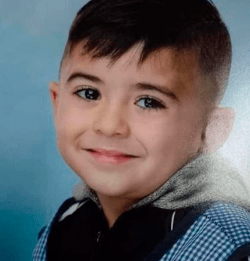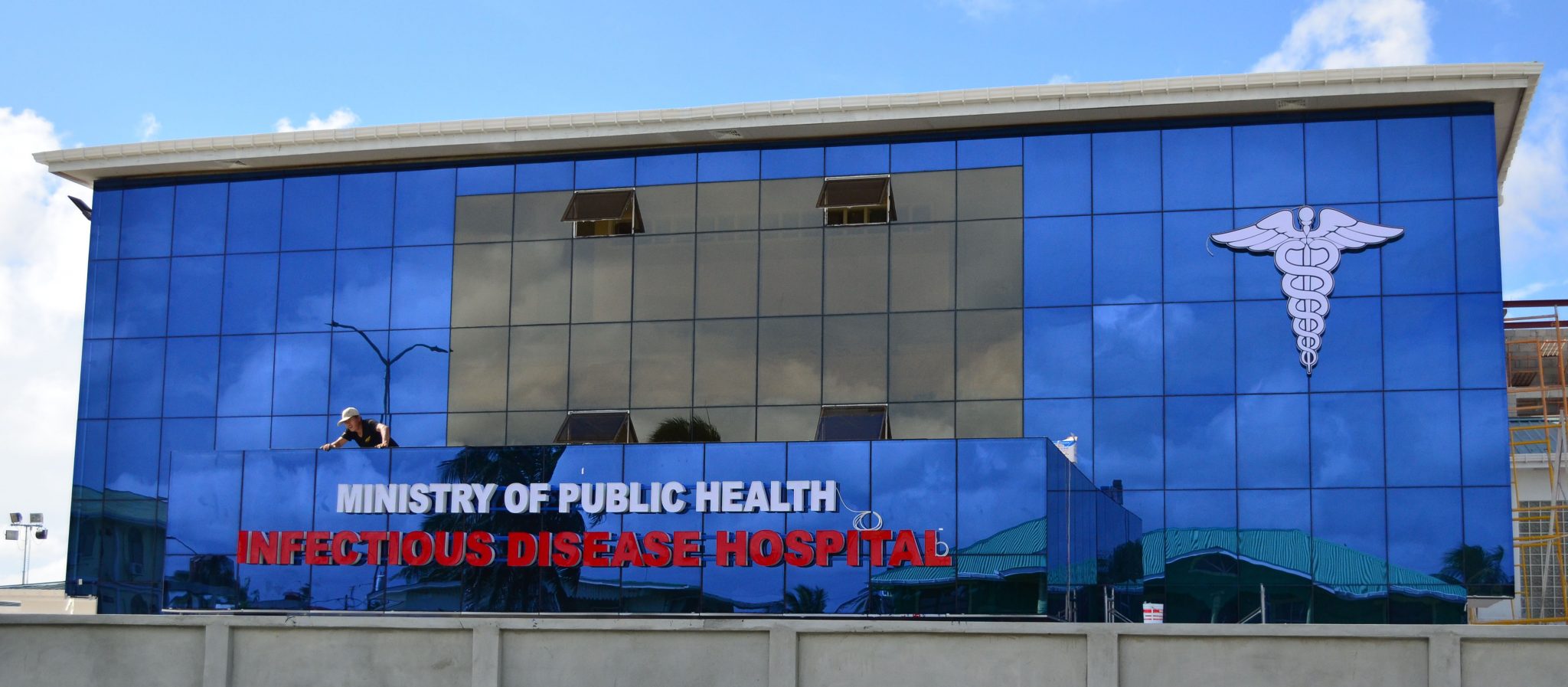According to Yaffa, the Zoom meeting depicted, which took place in early June, is when the research team submitted its reports to IMoH senior staff. The report looked specifically at the mRNA (messenger RNA) shot from Pfizer, the brand widely distributed across Israel.
That report included an analysis of other reports received between December 2021 and May 2022 in a new reporting system, similar to the Vaccine Adverse Event Reporting System (VAERS) here in the United States, that was launched in December 2021.
“The findings revealed a range of long-term SEs (serious events), including ones not listed by Pfizer, and a high rate of rechallenge (recurrence of an SE after repeated doses), which as the team repeatedly stresses, establish causal relations with the vaccine,” Yaffa wrote.
The main findings of the report that was presented to the IMoH include:
• The identification and characterization of side effects not listed by Pfizer, including neurological damage (hypoesthesia, paresthesia, tinnitus, and dizziness), back pain, and digestive symptoms in children (i.e., abdominal pain)
• Most covid jab side effects are long term, lasting weeks, months, a year, or even more, with many patients still suffering to this very day. Such injuries include menstrual irregularities and neurological damage, musculoskeletal injuries, gastrointestinal problems, and kidney and urinary system damage
• The more jabs a person gets, the worse these side effects become
• Menstrual disorders are particularly prominent post-injection, with more than 90 percent of reports suggesting that these effects are long term. After three months post-injection, more than 60 percent of patients are still suffering
“Nevertheless, the IMOH withheld the findings for 2 months, even from their own expert committee which decided 3 weeks later to clear the vaccine for infants,” Yaffa writes about how this information was systematically ignored and buried by Israeli officials.
“Only on August 9, two months later, the IMoH decided to publish a formal report.”
The latest news about Israel’s covid jab coverup can be found at Corruption.news.
Sources for this article include:
TheGatewayPundit.com
NaturalNews.com
Read More






